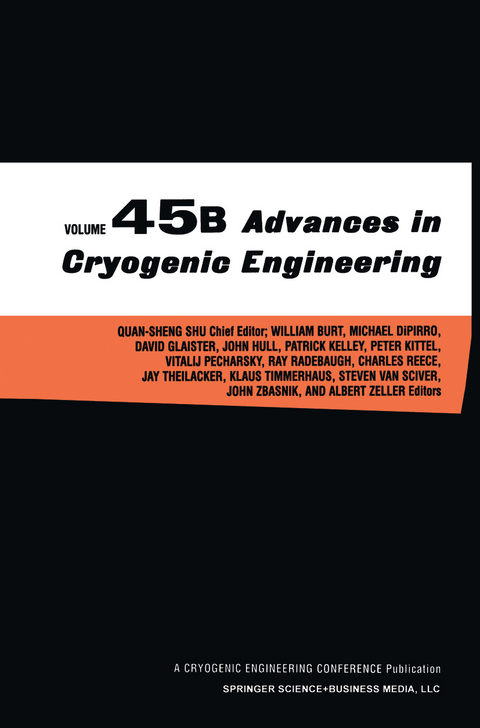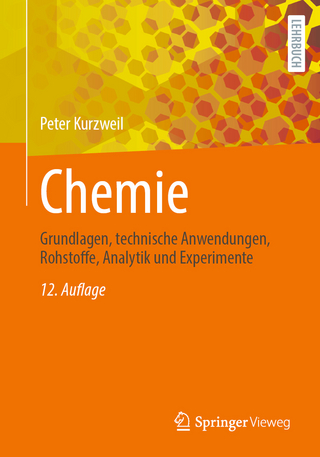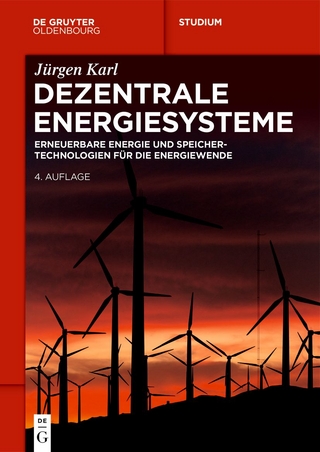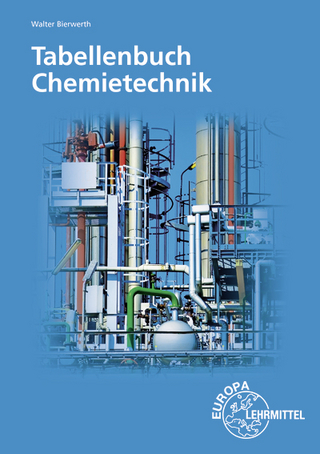
Advances in Cryogenic Engineering
Springer-Verlag New York Inc.
978-1-4613-6892-2 (ISBN)
Foreword. Samuel C. Collins Award. Russell B. Scott, Memorial Awards. Student Awards. 1999 Cryogenic Engineering Conference Board. Acknowledgments. Part A: Pulse Tube Cryocoolers: (I). Pulse Tube Cryocoolers: (II). G-M and Stirling Cryocoolers. Regenerators: Materials and Analyses. Cryogenic Space Applications. Other Cryocooler Applications. Superconducting Magnets. Superconducting Magnets: Materials. Superconducting Cavities: (I). Superconducting RF Cavities: (II). Part B: He II Systems. He II Phenomena. Fluid Mechanism and Heat Transfer: (I). Fluid Mechanism and Heat Transfer: (II). Large Scale Refrigerators and Liquefiers: (I). Large Scale Refrigerators and Liquefiers: (II). SC Power Leads and Cable. Cryogenic Electronics. Other Superconducting Devices. Cryostat and Thermal Insulation. Other Novel Devices. Cryogenic Instruments and Controls.
| Reihe/Serie | Advances in Cryogenic Engineering |
|---|---|
| Zusatzinfo | IV, 975 p. |
| Verlagsort | New York, NY |
| Sprache | englisch |
| Maße | 155 x 235 mm |
| Themenwelt | Naturwissenschaften ► Chemie ► Technische Chemie |
| Naturwissenschaften ► Physik / Astronomie ► Atom- / Kern- / Molekularphysik | |
| Naturwissenschaften ► Physik / Astronomie ► Festkörperphysik | |
| Naturwissenschaften ► Physik / Astronomie ► Thermodynamik | |
| Technik ► Maschinenbau | |
| ISBN-10 | 1-4613-6892-8 / 1461368928 |
| ISBN-13 | 978-1-4613-6892-2 / 9781461368922 |
| Zustand | Neuware |
| Haben Sie eine Frage zum Produkt? |
aus dem Bereich


